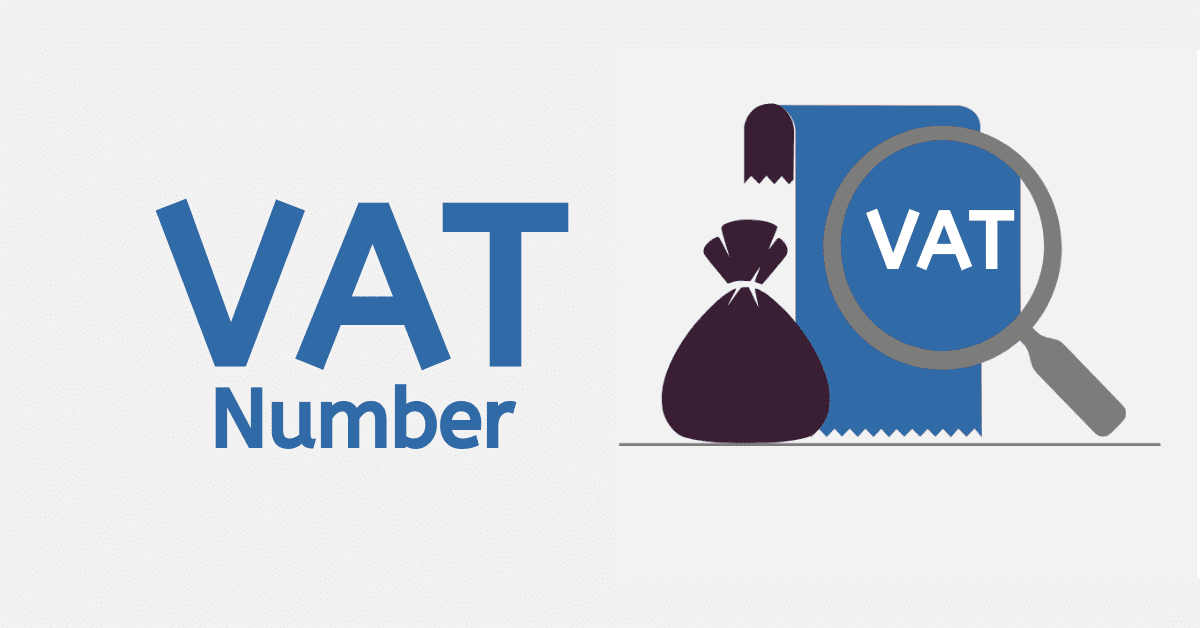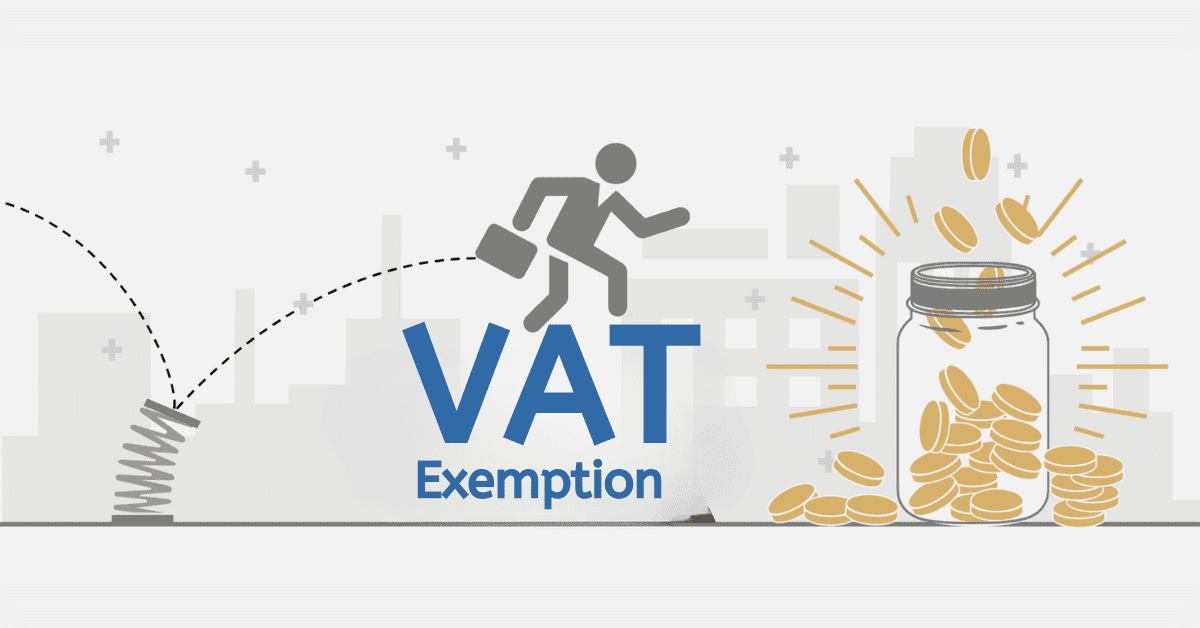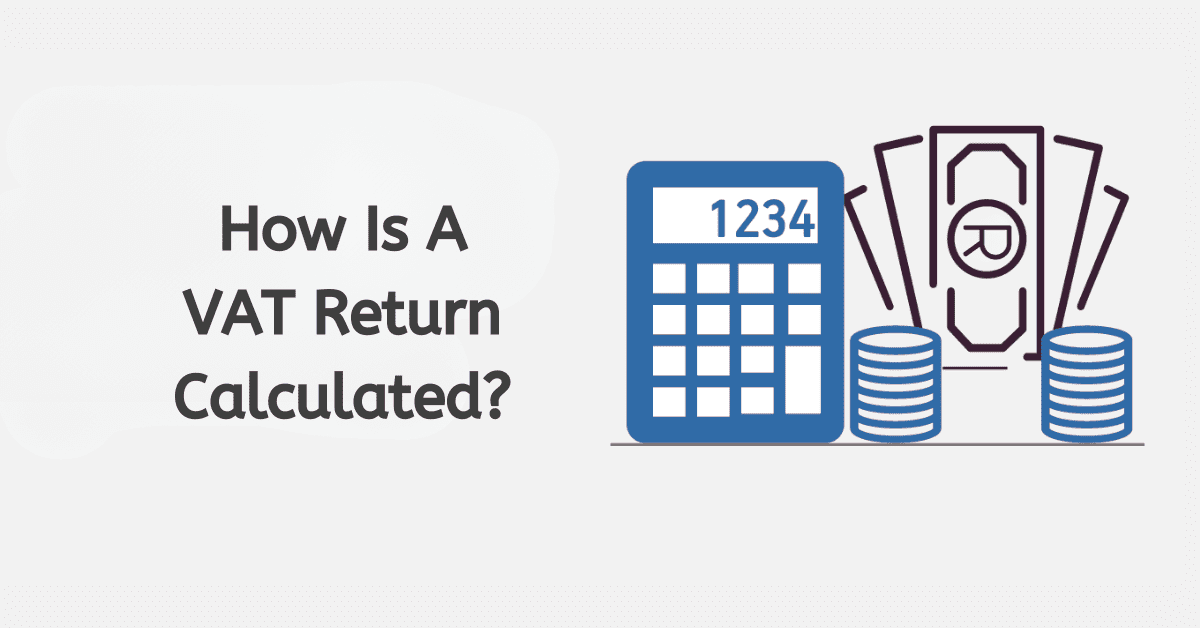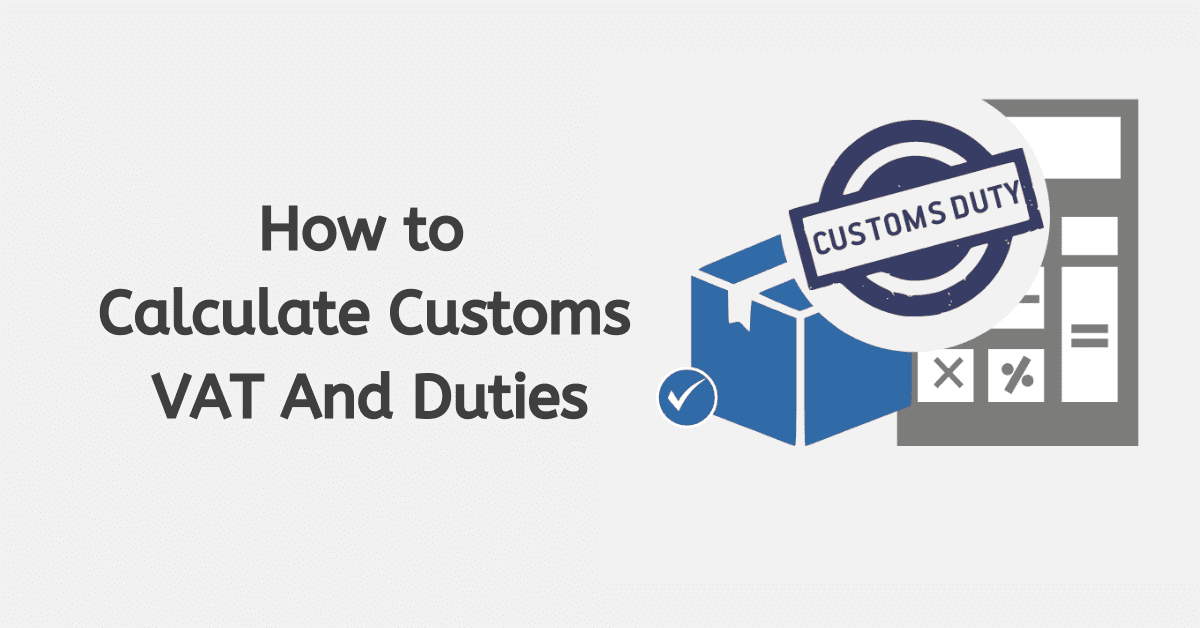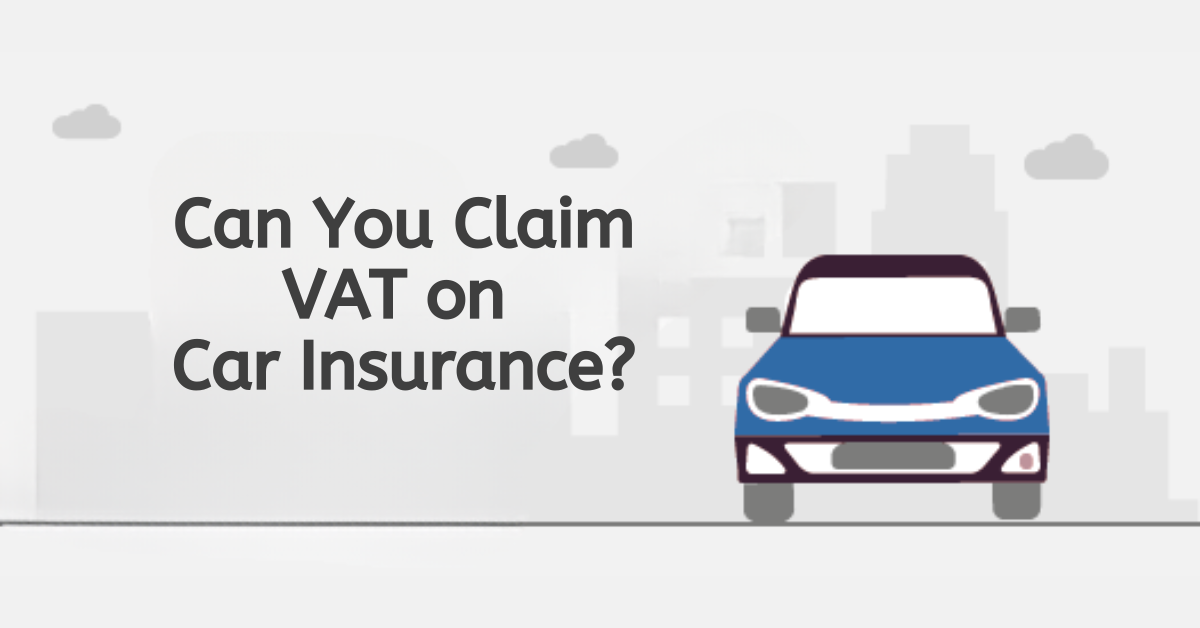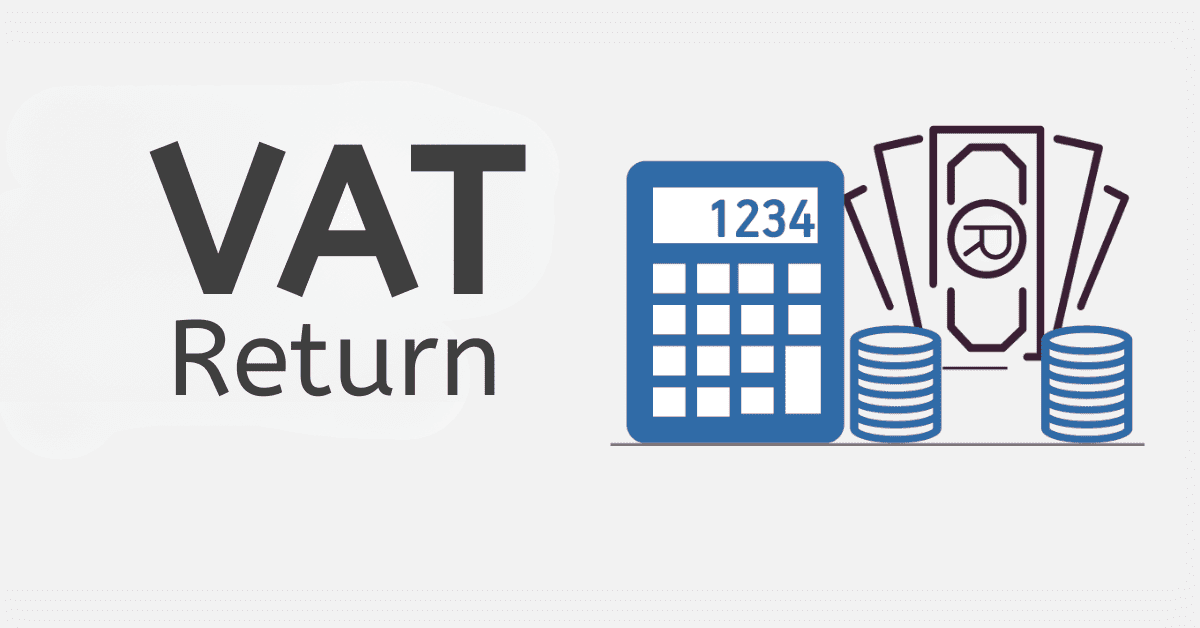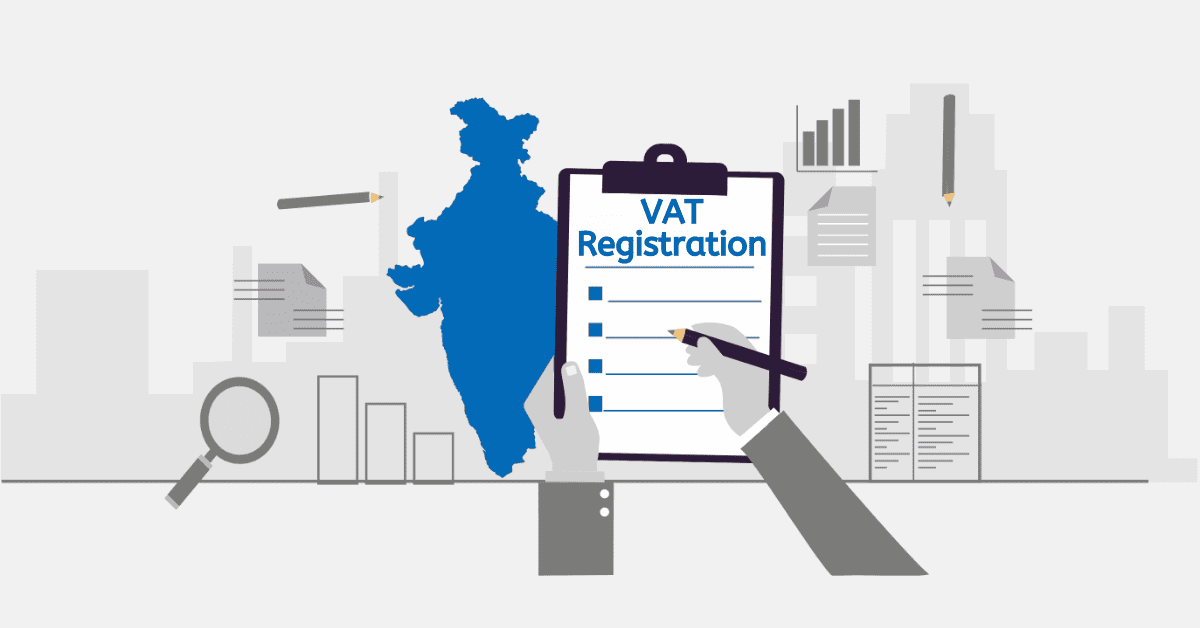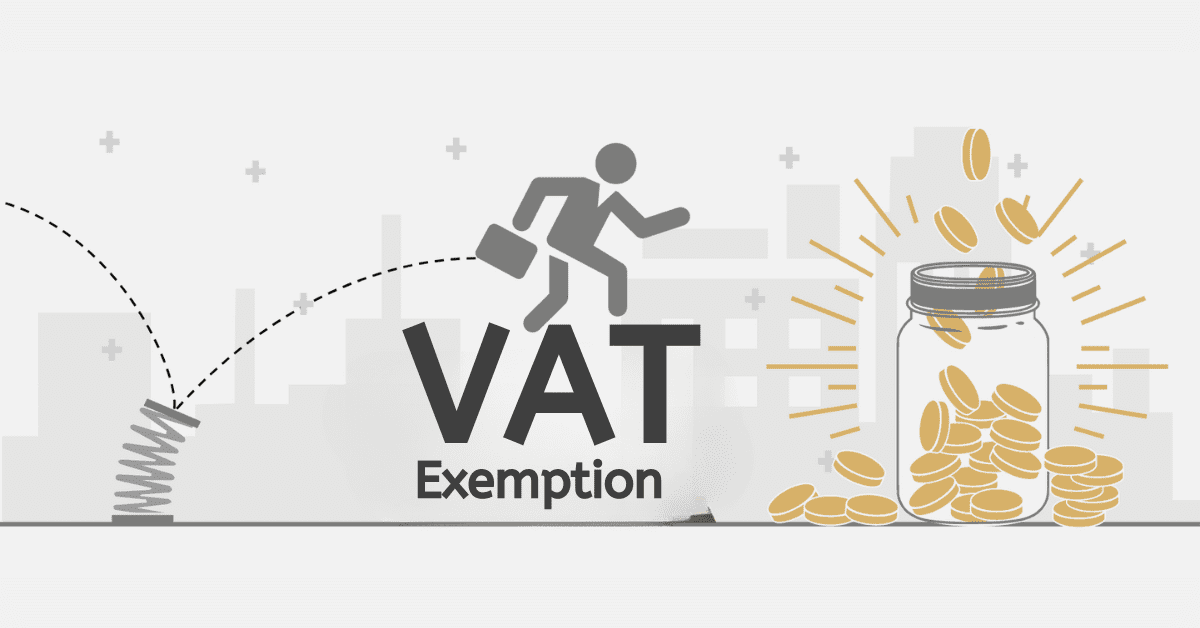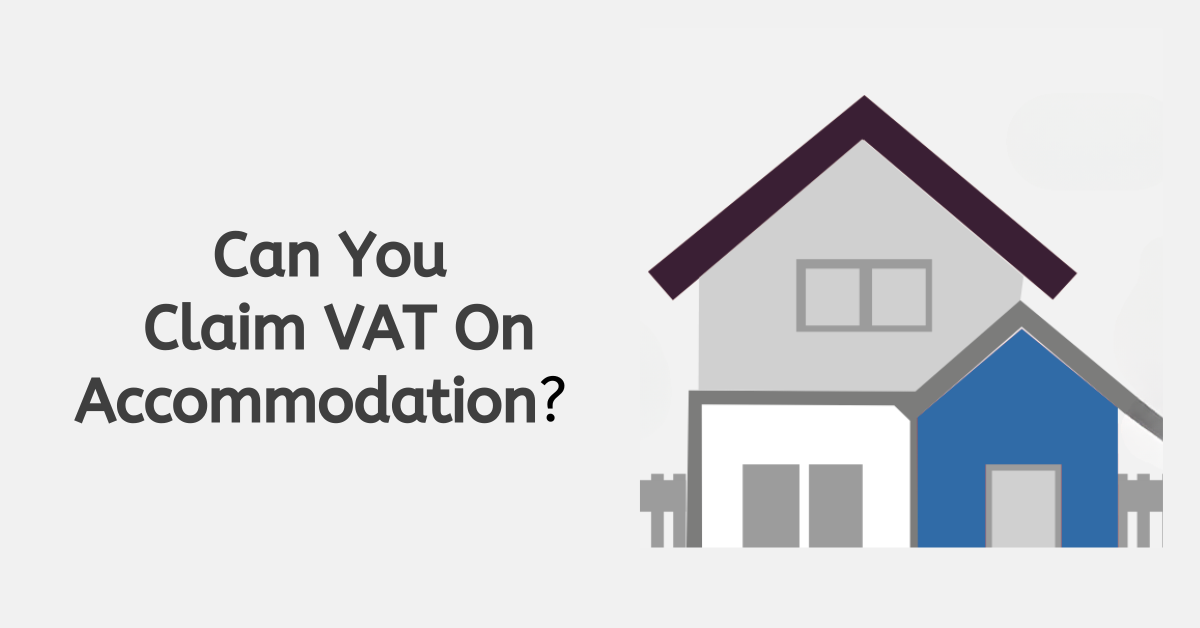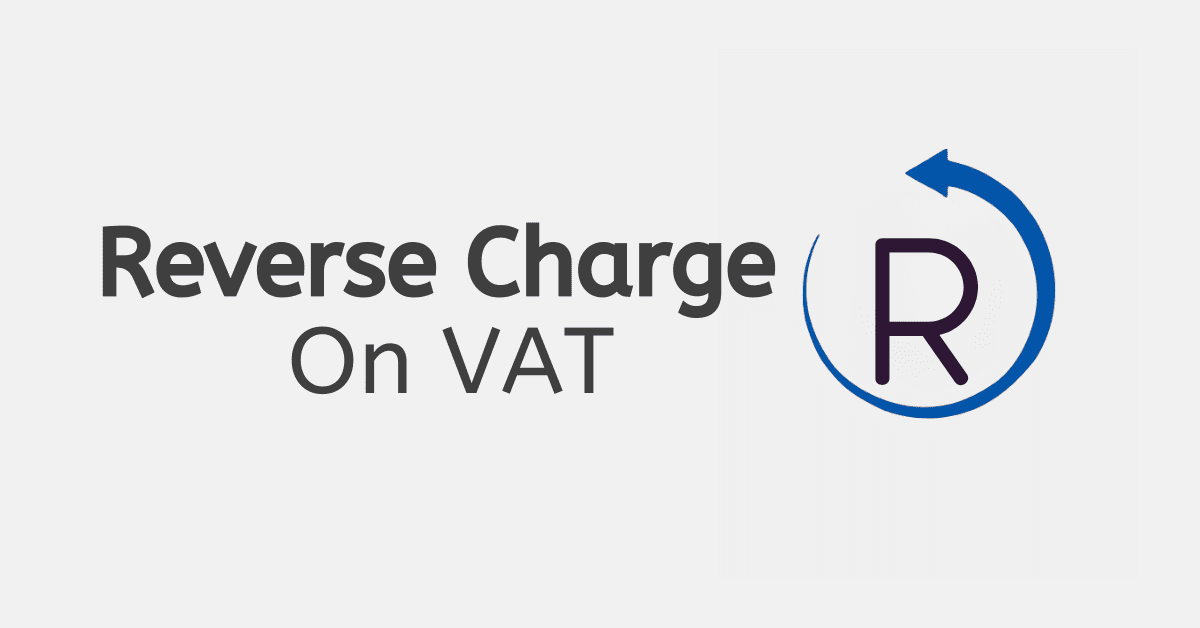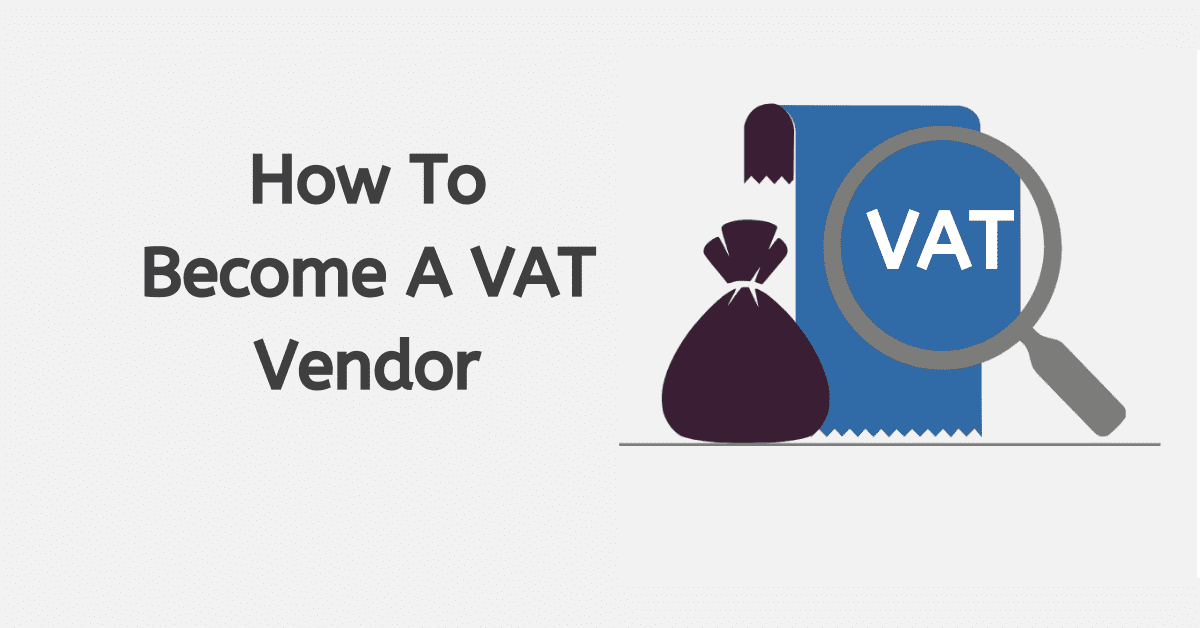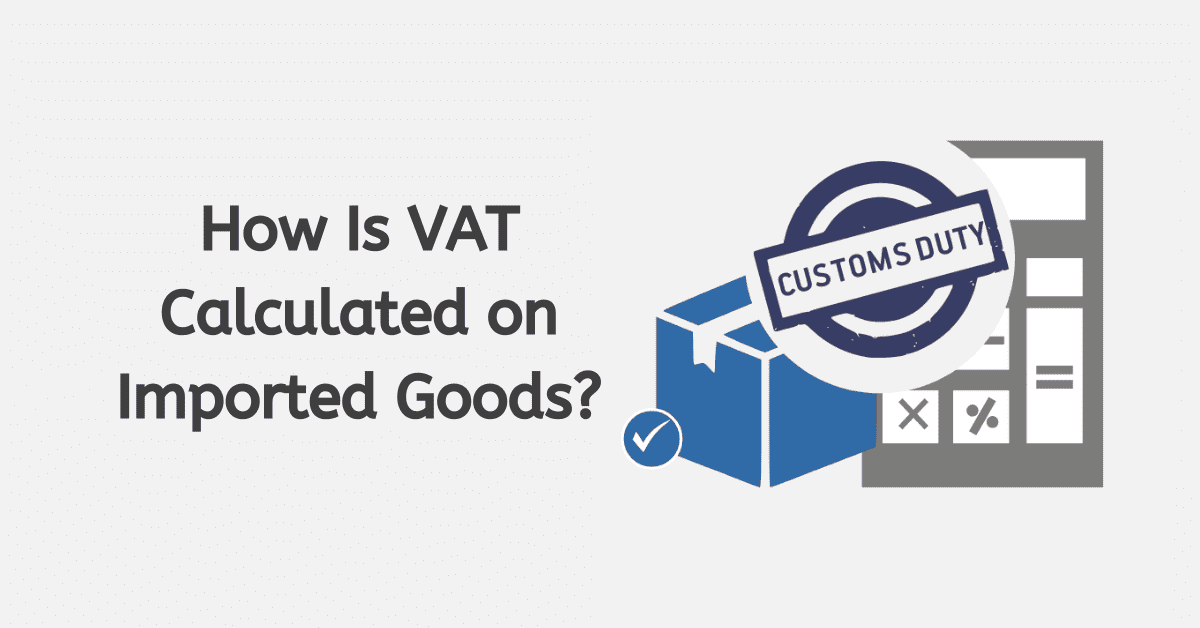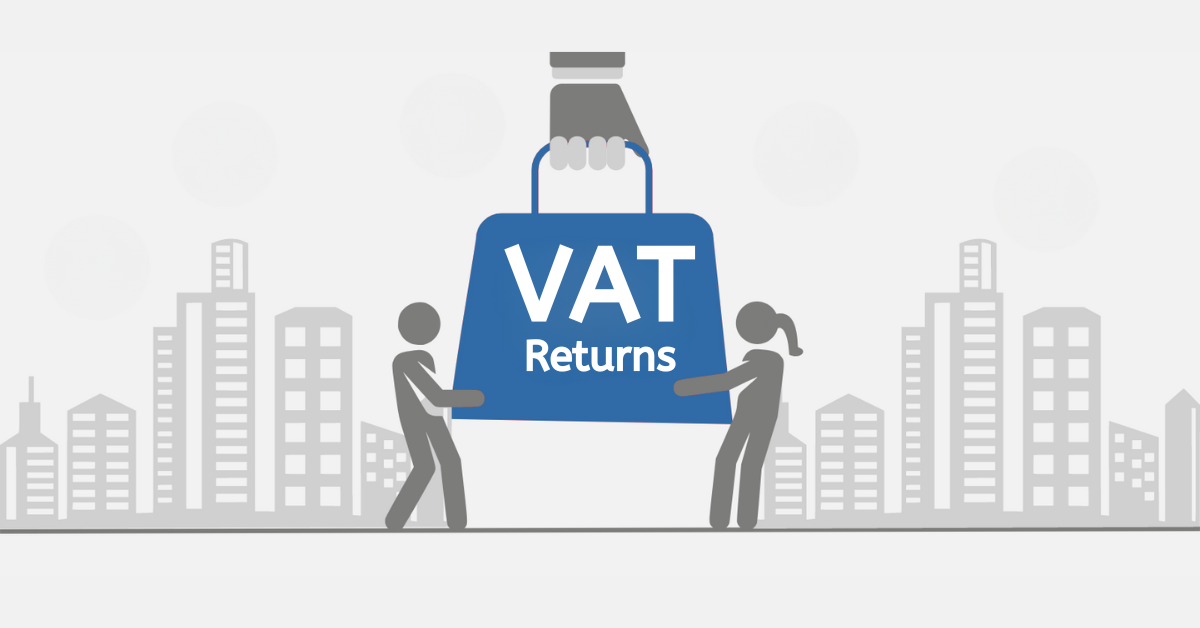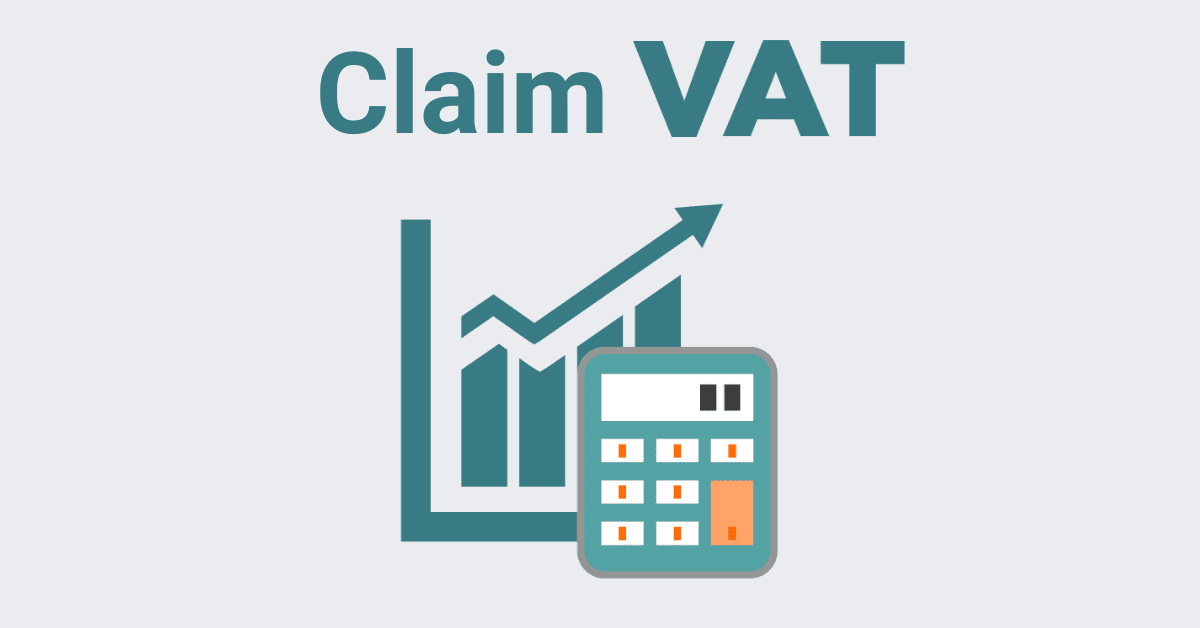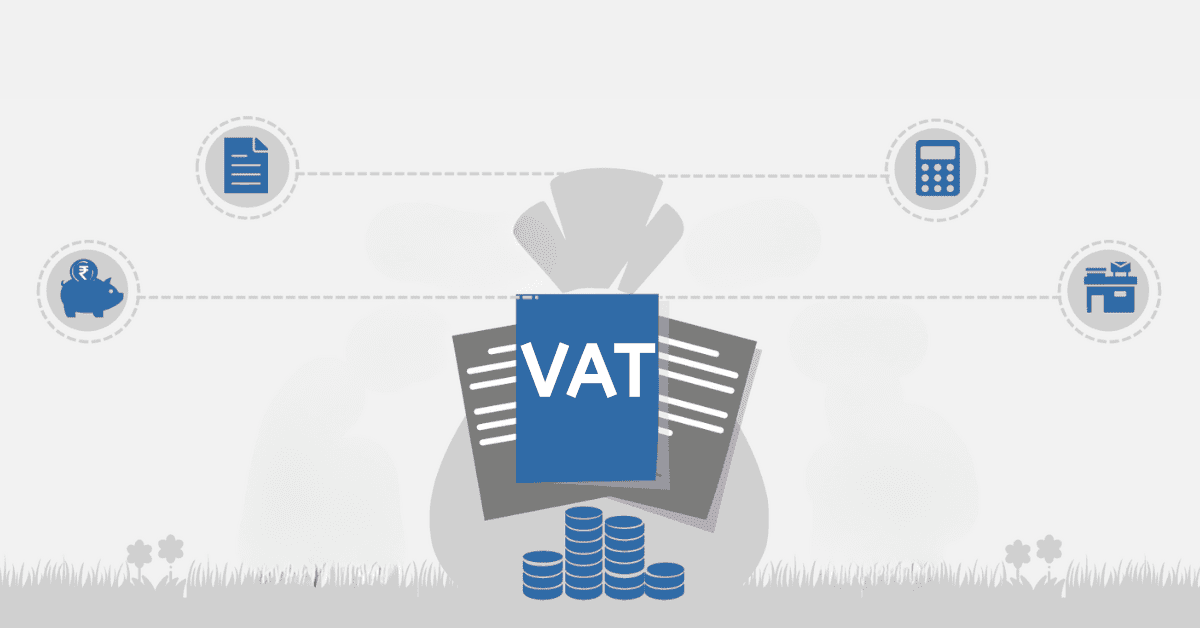South Africa is a land known for its diverse culture and complex tax system. But here, there’s a term you’ll often hear – “excluding VAT”. What’s its meaning?
Well, it means Value Added Tax. It’s a consumption tax that’s added to a product at each stage of its production and distribution. Think of it like a relay race, where each runner (or stage of production) passes on a little more value (or tax) to the next.
Now, when a price is quoted as “excluding VAT”, it’s like the race hasn’t finished yet. The baton (or tax) hasn’t been passed to the final runner (or consumer). So, the price you see doesn’t include the VAT.
What’s the impact of this? Great, it impacts the products’ final price tag. Thus, each enterprise or consumer needs master this concept. It’s like knowing the rules of the race, so you’re not surprised when the final runner (or bill) comes in!
What is excluding VAT?
Picture this: you’re shopping in South Africa, and you see a price tag that reads “excluding VAT”. What’s it meaning?
Well, VAT stands for Value-Added Tax. It’s a tax that’s added to the price of goods and services at each stage of production and distribution. In SA, the current VAT rate stands at fifteen percent.
So, when a price is listed as “excluding VAT”, it’s like the base cost of an item before the 15% tax is added. It’s the original pre-tax price.
But then, there are additional charges – like service fees or delivery charges. That’s what VAT is like. It’s an additional charge on top of the original price.
So, the final price you pay as a consumer is the original price plus the 15% VAT. Understanding this is crucial, especially when budgeting or comparing prices. It’s always good to know the full cost upfront, right?
How is excluding VAT calculated?
To simply this, let’s assume you’re in South Africa, and you’ve just bought a beautiful piece of artwork for R175. But wait, this price includes a 15% Value-Added Tax (VAT). So, how much did the artwork itself cost before VAT was added?
Here’s a simple trick: divide the total price by 1.15. Why 1.15? Well, it’s 1 plus the VAT rate (which is 15%, or 0.15). So, in our case, the price before VAT is R175 / 1.15, which equals about R152.17.
This method isn’t just for South Africa, though. You can use it wherever VAT is applied, just replace 0.15 with the local VAT rate. For instance, if VAT is 20%, you’d divide by 1.20.
So, next time you’re shopping and want to know the pre-tax price, just remember this little calculation.
When can I exclude VAT?
In South Africa, some items are like hidden treasures, exempt from the usual 15% VAT.
What are these special items, you ask? Well, they include non-fee related financial services, like certain types of insurance or loans. Then there’s education provided by approved institutions – because knowledge is priceless, right?
But that’s not all. If you’re renting residential accommodation, no VAT for you! And if you’re using public road and rail transport, you’re also in the clear. It’s like a free pass on your daily commute.
And let’s not forget about food. Basic foodstuffs like brown bread, maize meal, samp, and mealie rice are all VAT-free. It’s like a mini victory every time you go grocery shopping!
So, whether you’re selling or buying these goods and services, you can exclude VAT. It’s like a little bit of tax relief in your day. So, keep this list in mind next time you’re budgeting or shopping. It could save you a pretty penny!
How do you calculate the VAT amount?
Think of it like this: you’re in South Africa and you want to buy a stunning piece of local art to decorate your home. You locate a great one, but it reads “excluding VAT” on the price tag. So, how exactly do you calculate the whole cost (VAT included)?
Generally, multiply the order’s total price tag by 0.15 for the discount amount. Why 0.15? Because that number is the decimal representation of South Africa’s Value-Added Tax rate of 15%.
The artwork may be R1000, for example. To figure out the value-added tax, multiply R1,000 by 0.15, or R150. The value-added tax totals that amount.
There’s still one more move to make. This value added tax sum must be added to the base price to obtain the full, VAT-inclusive price. In this case, the R150 VAT would be added to the initial R1000 price, bringing the grand total to R1150.
Keep in mind that the VAT-inclusive sum is always higher than the base price.
Final Thoughts
Quick tip – the “excluding VAT” price doesn’t include the Value-Added Tax (VAT). Keep this in mind, especially with South Africa’s 15% VAT rate. Understanding this rule is like having a secret weapon in the tax game.
However, not all products incorporate VAT. This does not apply to necessities like food and certain types of banking services. Therefore, understanding the circumstances in which VAT can be omitted is crucial.
Keep in mind that it’s not enough to simply comprehend; obedience is also required.
